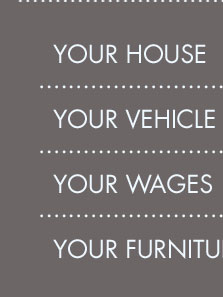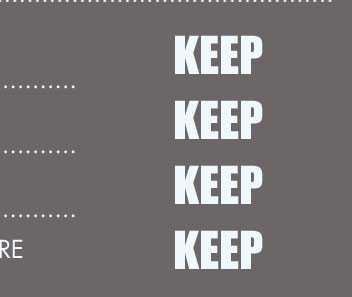 |
 |
 |
|---|
 |
 |
 |
|---|---|---|
 |
 |
 |
 |
 |
 |
|---|---|---|
 |
 |
 |
 |
Filing Bankruptcy in Alaska: Key Considerations and Common Mistakes
Filing for bankruptcy in Alaska can be a daunting process, but understanding the key steps and avoiding common pitfalls can help make it more manageable. This guide aims to provide you with valuable insights and practical tips for navigating bankruptcy in the Last Frontier.
Understanding Bankruptcy Options in Alaska
When considering bankruptcy, it's important to understand the different types available to you. The most common forms are Chapter 7 and Chapter 13 bankruptcy.
Chapter 7 Bankruptcy
Chapter 7, often referred to as 'liquidation bankruptcy,' involves selling off non-exempt assets to pay off creditors. It's a quick process, usually lasting three to six months. However, not everyone qualifies for Chapter 7, as there are specific income requirements.
Chapter 13 Bankruptcy
Chapter 13, known as 'reorganization bankruptcy,' allows you to keep your assets while repaying debts over three to five years. This option is ideal for those with a steady income and who can manage a repayment plan. For more information, you can visit chapter 13 bankruptcy georgia.
Common Mistakes to Avoid
While filing for bankruptcy can offer a fresh start, there are several common mistakes you should avoid to ensure the process goes smoothly.
- Failing to Disclose All Assets: It's crucial to be transparent about your assets. Failing to do so can lead to your case being dismissed or even facing legal consequences.
- Ignoring Tax Implications: Bankruptcy can affect your taxes, so consult with a tax advisor to understand any potential impacts.
- Choosing the Wrong Bankruptcy Type: Ensure you select the bankruptcy type that best fits your financial situation. Consulting with a professional can provide guidance.
- Not Completing Required Courses: You're required to complete credit counseling and debtor education courses. Failing to do so can result in your case being dismissed.
The Bankruptcy Process in Alaska
Filing for bankruptcy involves several steps, and understanding the process can help alleviate some of the stress.
- Gather Financial Documents: Compile all necessary financial documents, including income statements, debt listings, and asset inventories.
- File the Petition: Submit your bankruptcy petition to the Alaska Bankruptcy Court. This includes all forms and schedules detailing your financial situation.
- Attend the 341 Meeting: Also known as the 'meeting of creditors,' this is where creditors can ask questions about your finances.
- Complete Required Courses: Remember to complete the credit counseling and debtor education courses.
- Receive the Discharge: Once you meet all requirements, the court will discharge your debts, officially concluding your bankruptcy process.
Finding Professional Help
Given the complexity of bankruptcy laws, it may be beneficial to seek professional assistance. The bankruptcy law center offers resources and legal support for those considering bankruptcy.
FAQ
What is the difference between Chapter 7 and Chapter 13 bankruptcy?
Chapter 7 bankruptcy involves liquidating non-exempt assets to pay off creditors, while Chapter 13 allows you to keep your assets and repay debts over time.
Can I file for bankruptcy without an attorney in Alaska?
While it's possible to file without an attorney, it's generally not recommended due to the complexity of bankruptcy laws. An attorney can help navigate the process and ensure all legal requirements are met.
How does bankruptcy affect my credit score?
Bankruptcy can significantly lower your credit score. However, it also provides an opportunity to rebuild credit by managing finances more effectively post-bankruptcy.
Collect Your Alaska Bankruptcy Documents - Take a Credit Counseling Course - Complete the Bankruptcy Forms - Get Your Filing Fee - Print Your ...
How do I file for bankruptcy using eSR? - The law requires debtors to complete a credit counseling course BEFORE filing for bankruptcy. - Collect all your ...
Bankruptcy cases cannot be filed in state court. Bankruptcy laws help people who can no longer pay their creditors get a fresh start by liquidating their assets ...
![]()